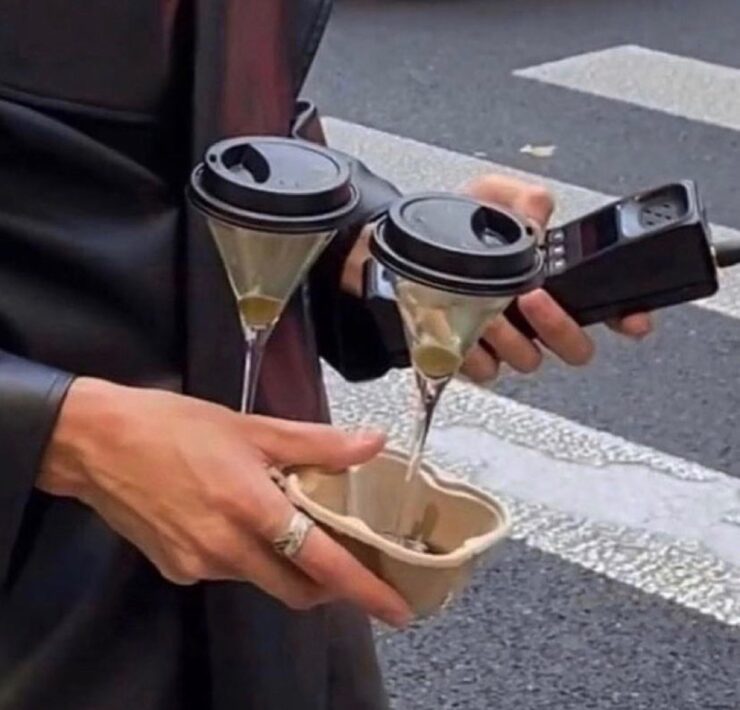Women in Art & Tech: Meet Bernadine Bröcker Wieder, Founder and CEO of Vastari
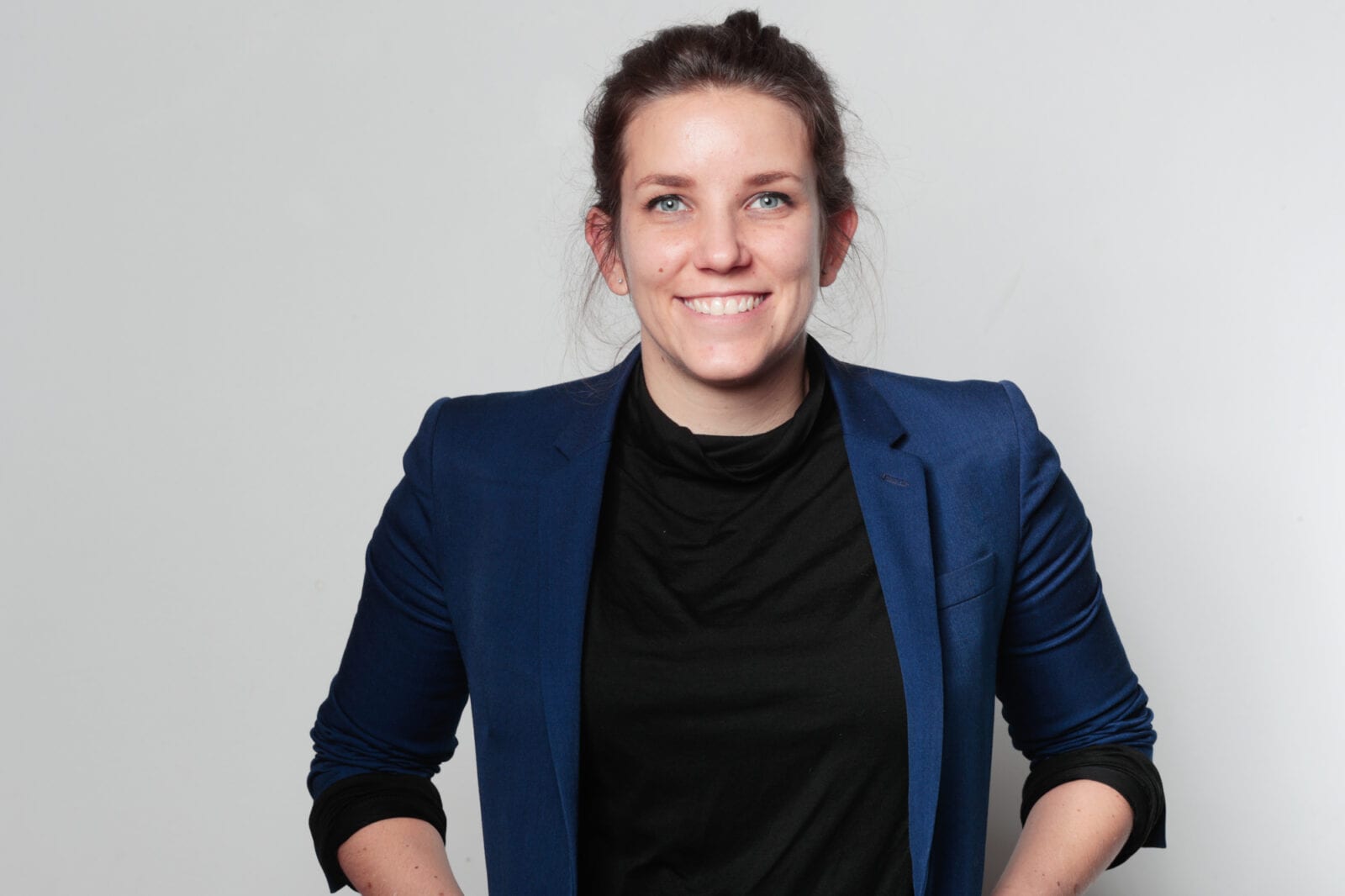
Founder and CEO of Vastari, Bernadine Bröcker Wieder, talks with us about women in the art and tech sphere and what it was like to raise capital in a male-dominated field.
As technology evolves, so does the art world. Women like Bernadine Bröcker Wieder are starting to bridge the gap between art and tech, creating innovative ways to improve imperfections within the industry. Based in London, Wieder began her company, Vastari, to help facilitate loans of art, culture and other content for museum exhibitions around the globe. After working at a gallery, Wieder realized there was not a safe online presence for private collectors to connect with museums, thus doing a disservice to the narrative of exhibitions. “Basically a whole portion of the story was missing if you didn’t include the works that were privately held,” she says.
How did you come up with the name “Vastari”?
Giorgio Vasari (1511-1574) was a writer, some would call him the first art historian. He wrote about his contemporary artists in a way that made them famous – it was in Italian, the people’s language, and it was full of anecdotes and, I guess, gossip that brought the masterpieces alive. You could argue that Vasari’s “Lives of the Artists” is the reason the Ninja Turtles are named after 16th century Italian artists.
We believe that exhibitions are that way of continuing that connection with the public. But the future of exhibitions is reliant on technology, and going beyond Paintings, Sculpture and Architecture (which is what Vasari wrote about) – that’s why it’s a “Vast” resource and we added the extra ‘t’ in there.
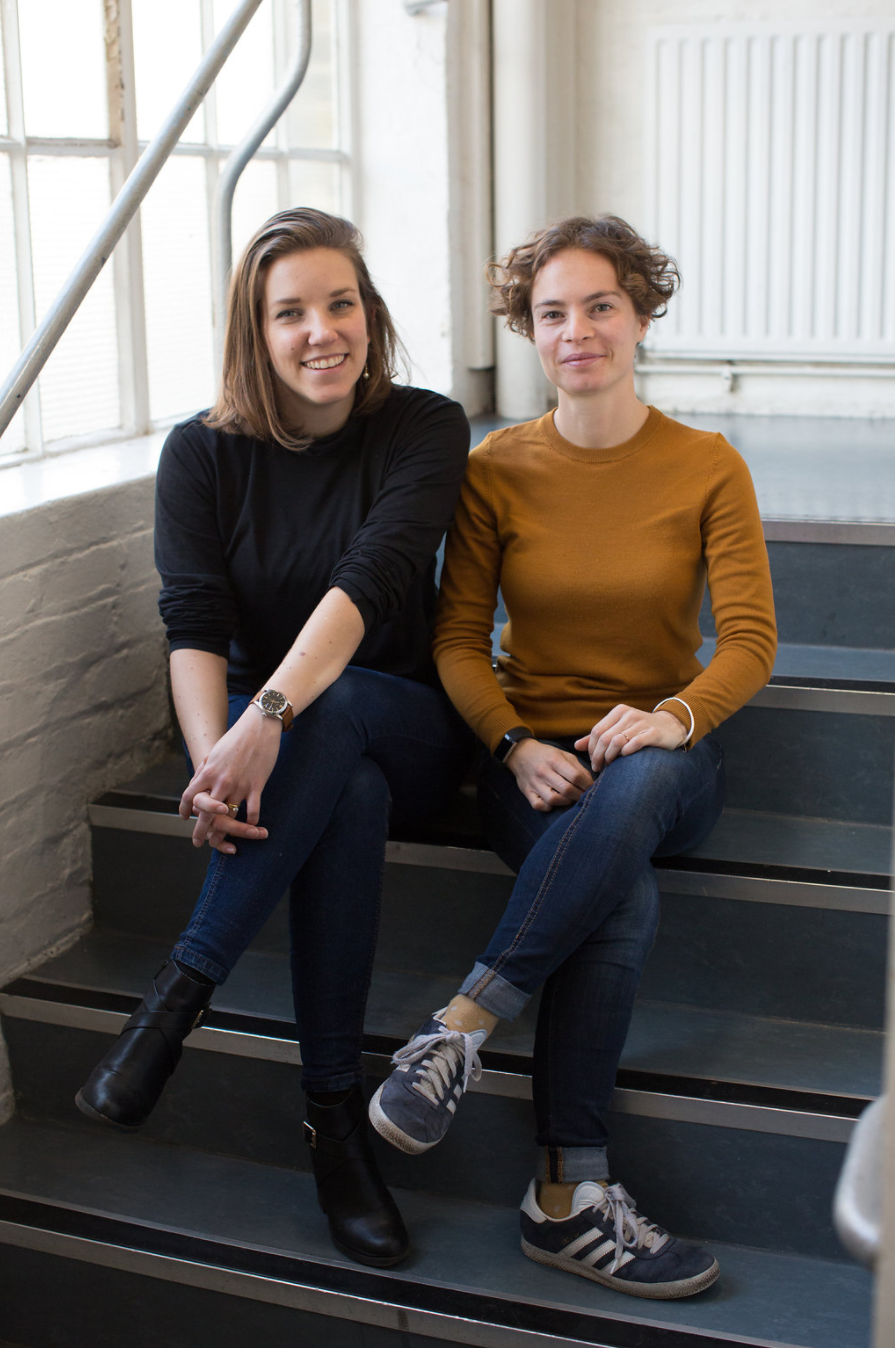
Tell us about your experiences in the art and tech sphere. Why is art and tech an important market right now?
I give a lot of talks on this subject right now. Prior to 2015, technology was trying to emulate offline processes and scale them up. You were digitizing inventories or creating digital shopfronts. But with “Web 3.0” – machine-to-machine interactions, the Internet of things, blockchain/distributed ledger technology, virtual reality and artificial intelligence/machine learning, it will no longer be that technology is digitizing what already exists offline. It is building new things that could have never existed offline.
Why is connecting individuals with museums and exhibitions so important?
It’s important because the story of art is not just the story of the art in public collections.
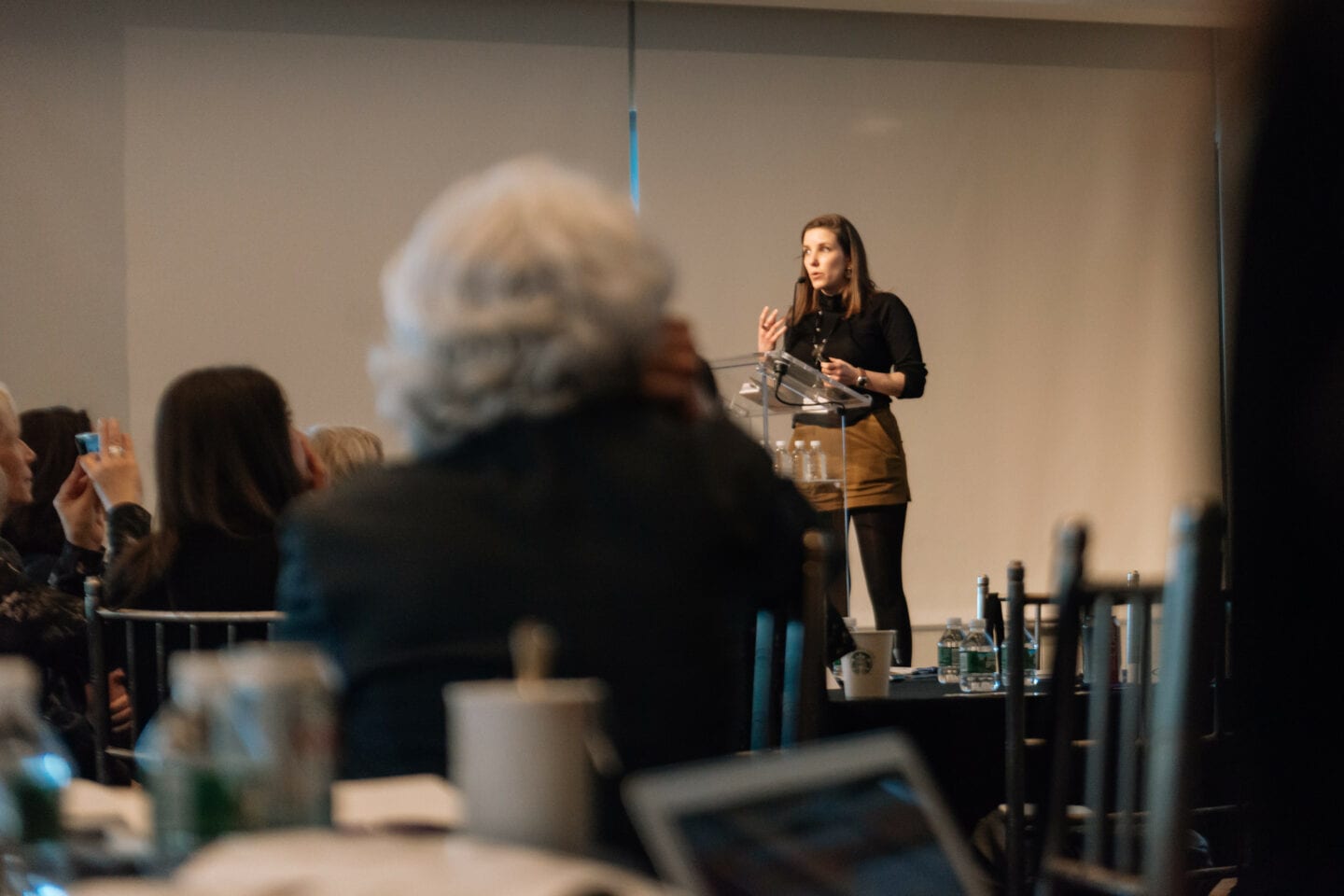
“Investment and trust arrives more naturally to male founders, particularly 8 years ago when I first had the idea, because there’s a bias that they are going to do a good job at being an entrepreneur. Many investors relate more closely to male counterparts, because many of them are male themselves.”
–Bernadine Bröcker Wieder
Being one of the very few female founders of an art/tech company, what are some obstacles you’ve faced in your career?
Any discussions about gender and human biases about it require us to use the same generalizations that get us here in the first place. What is a “female” versus a “male” founder? But in hindsight, I can say one thing: Investment and trust arrives more naturally to male founders, particularly 8 years ago when I first had the idea, because there’s a bias that they are going to do a good job at being an entrepreneur. Many investors relate more closely to male counterparts, because many of them are male themselves.
Here are the generalizations that are mentioned: that women are more careful, more inquisitive, more risk-averse. Risk-taking, spontaneous and brash men can sometimes warrant more trust from investors – which is ironic if you think about it. Wouldn’t you want to give your hard-earned money to someone who will think long and hard about how to spend it?
But all of those stereotypes are not important. I think that the main issue is that Vastari is a company founded by women in their twenties – and people’s instinctive reaction wasn’t to be open to the innovation we were preaching, but to be hesitant and wary of the proposition. If the company had been founded by two men in their later years, with decades of experience, I just think we might have gotten somewhere faster.
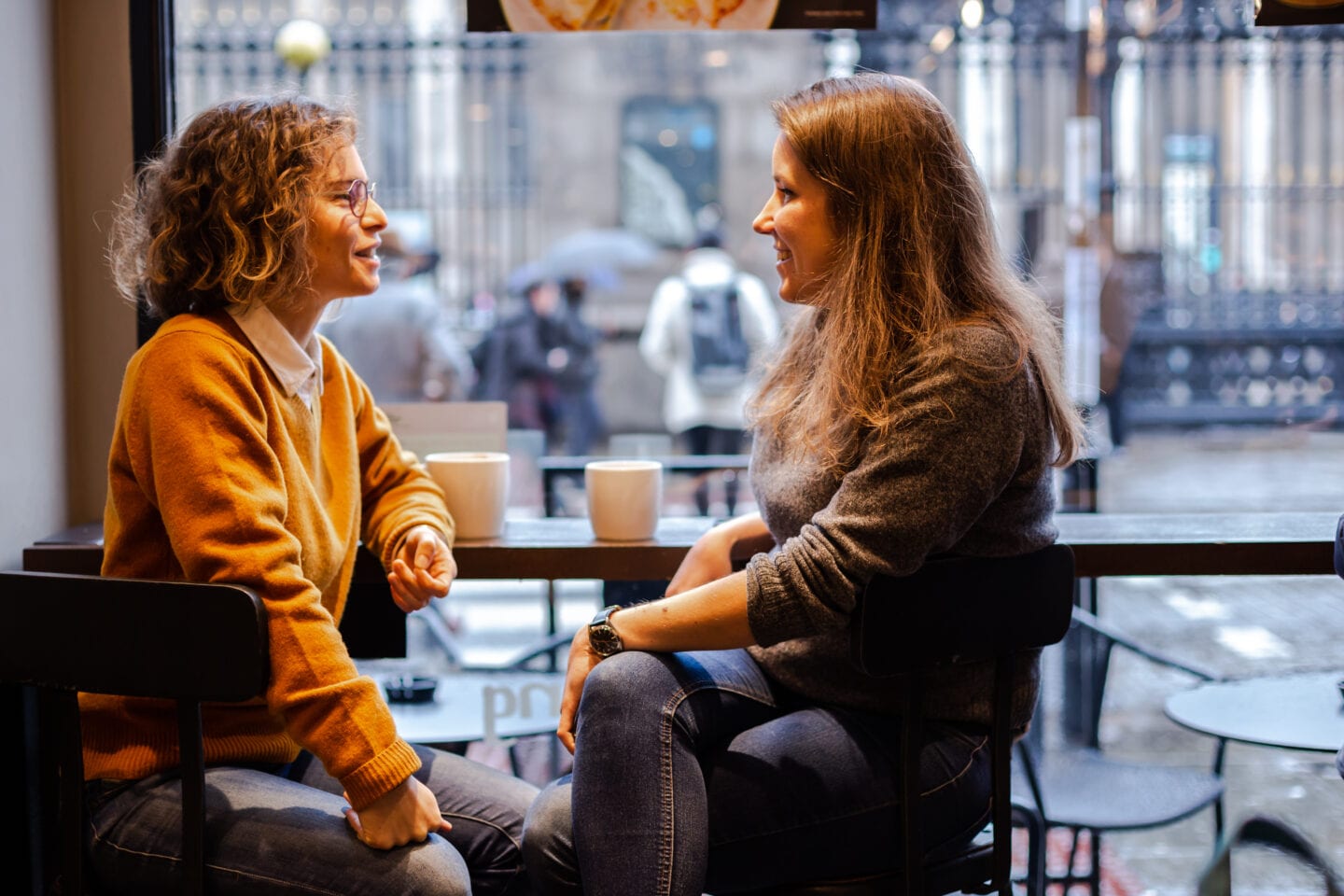
What piece of advice can you give to other “artrepreneurs” out there? Give us some tips on being a good founder.
Be careful where you get your funding from. Try to go as long as possible without raising, so that you can continue to own a majority of your company as long as possible. Stay away from people investing in you to get into art-world parties, and from people investing in you to get a 20 times return. Both can kill your business.
How do you see the future of art and tech evolving?
There will need to be some consolidation in the next 3 years–and there will be more involvement of the incumbents. It will be an interesting time.
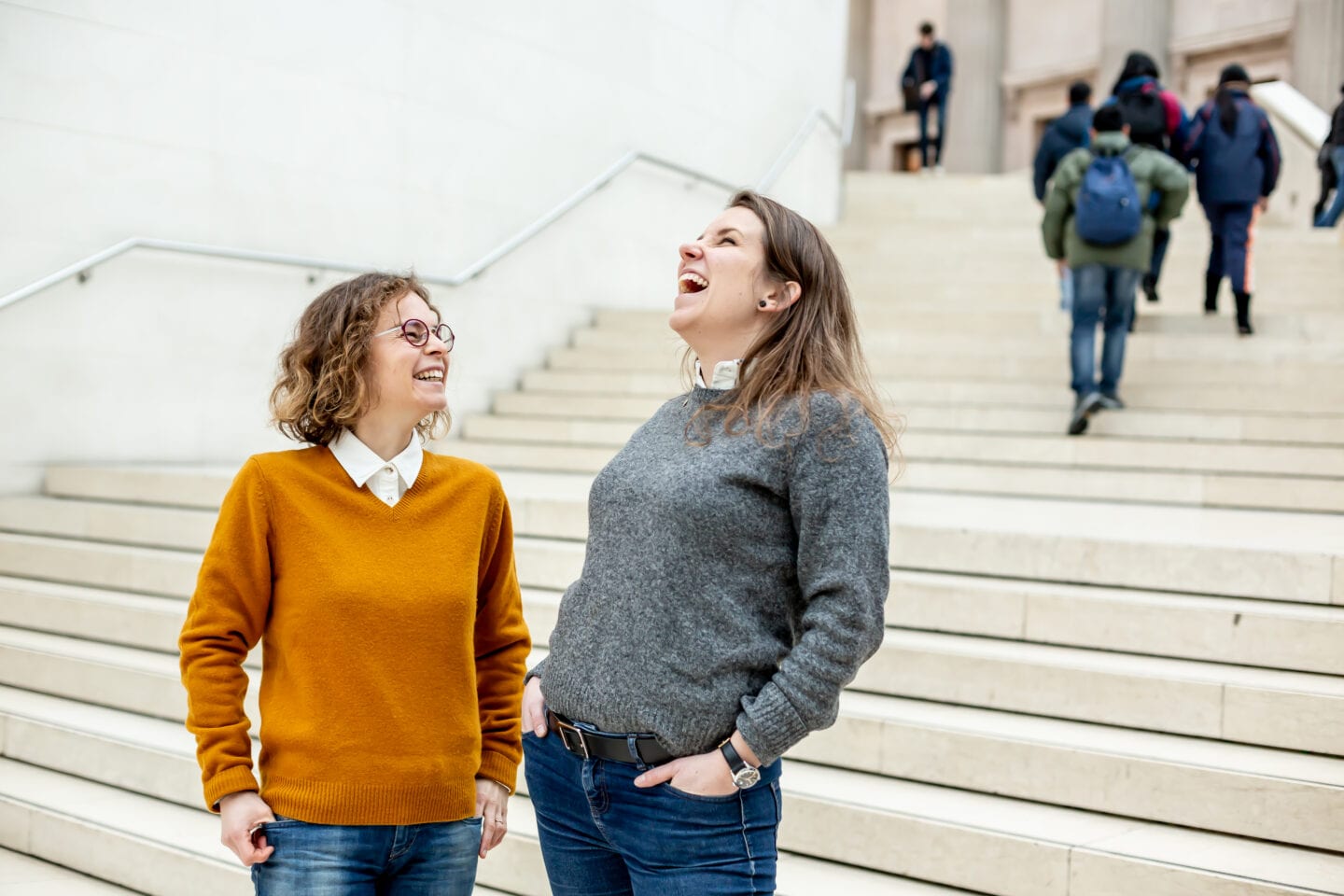
As a founder, what is the first thing you do when you get up in the morning?
I’m the worst in terms of advocating for a good working balance. I’m not one for a morning routine, or any type of routine really.
The first thing I do when I get up is check my phone, see what I have in my calendar and ask Google Home what the weather is like today.
I then take each day as it comes–that which you can plan for, and that which you can’t. At the end of the day, setting up a company is a marathon, not a sprint. You have to think about it as something that will take 10 years (especially in the art world where innovation adoption is so slow!)
So–I guess just keep running, preserve your energy and nourish yourself.


